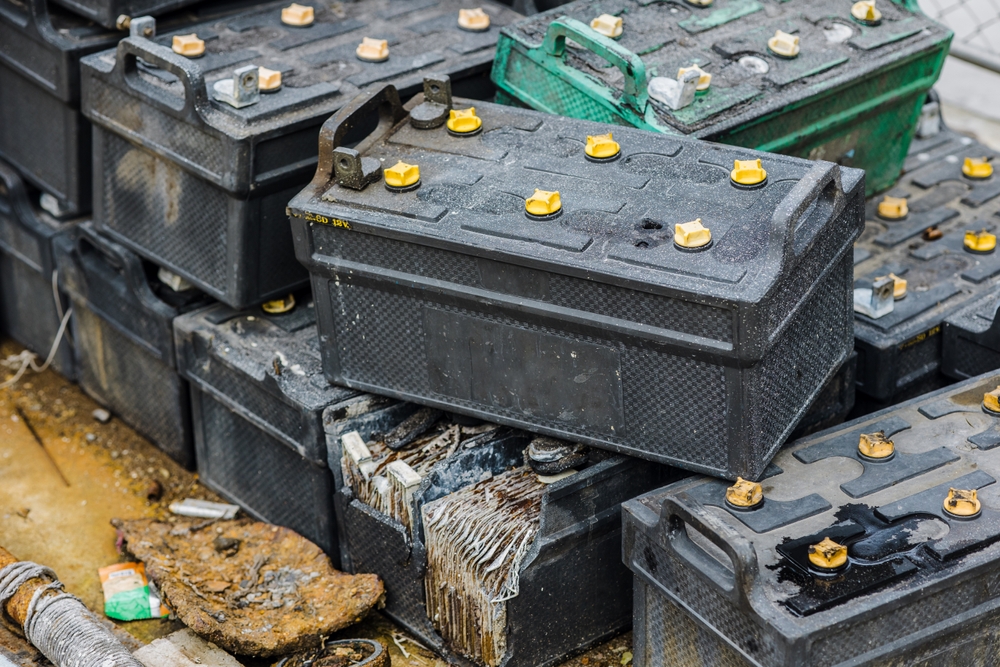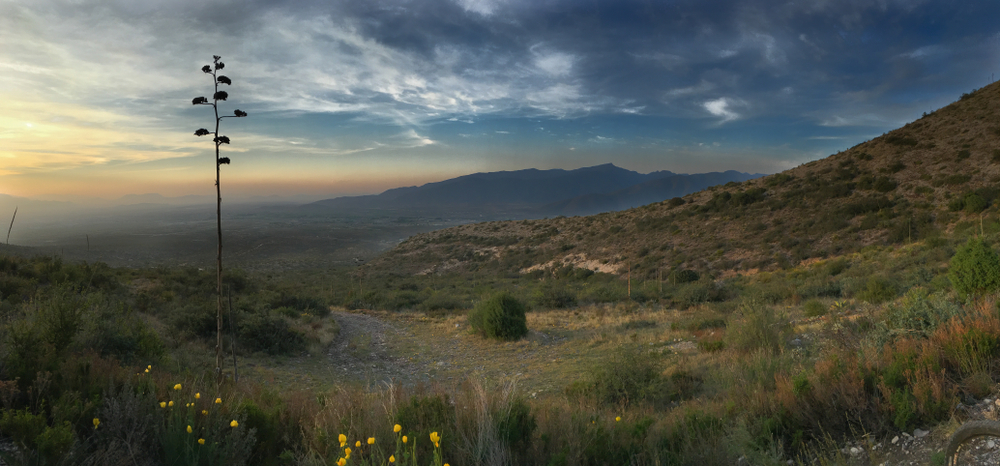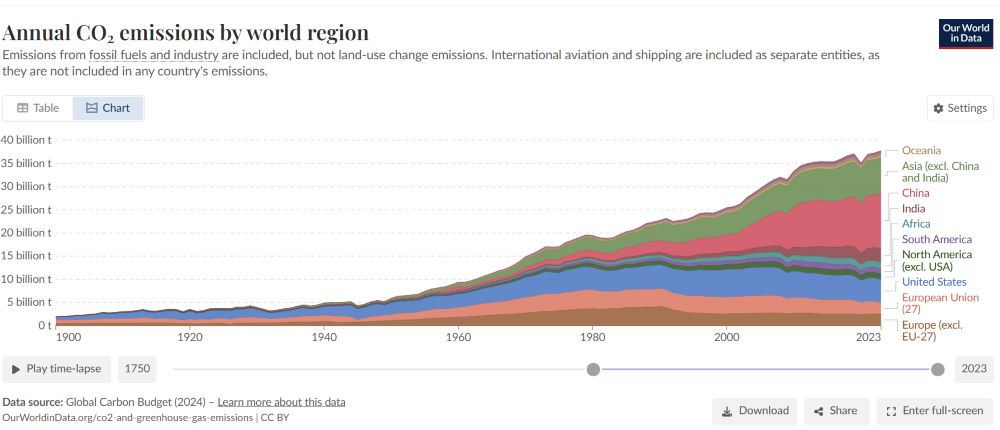In my recent blog post, Ventures with Promise for Climate Action, I wrote that we need to consider how to invest in earth-friendly technologies while we end our reliance on fossil fuels. One goal is protection of the natural world that enables living creatures to survive and thrive. In this post, I continue to explore promising new climate ventures, as well as their potential pitfalls.
At the end of January, Newsweek published a unique concept – invest in nature itself. The news item, “Area Twice the Size of California to be Allowed to Return to Nature,” explains, “An area more than twice the size of California will be regenerated to its former natural beauty as part of a pipeline of projects that have received private funding to become living carbon capture sites.”
A public benefit corporation called Cultivo has already raised $14 million with the help of MassMutual Ventures and Octopus Energy Generation, with participation from Salkantay Ventures and Peña Verde. The company’s press release stated, “Cultivo co-designs and monitors these high-quality projects to measure the increases in carbon capture, biodiversity, and water storage, as well as the social impact on the local communities and land stewards.” Cultivo claims the investors expect the related projects will remove three gigatons of carbon dioxide from the atmosphere—over half of America’s emissions in 2021.
Regenerating Grasslands in Coahuila, Mexico
The news release shows an image of grassland in Sierra del Carmen, in the state of Coahuila, Mexico. These grasslands would be “rewilded” with plants that remove carbon from the atmosphere through nature’s process of photosynthesis. As Newsweek points out, “Rewilding projects mean there is less carbon in the atmosphere, but they are also becoming an increasingly appealing investment because of the return they are expected to make due to the high demand for carbon credits.”
In addition to Coahuila, the projects include 31 areas of distressed grassland, forest, and depleted agricultural land in the U.S. and more in other areas around the globe. Breaking news on January 31 out of Mexico indicates some of the obstacles any venture in Coahuila may face, as KQRE reported, “200 Mexican Navy special forces sent to border state of Coahuila to combat crime involving migrants.” In Northern Mexico, the land borders Texas, one of Coahuila’s major trading partners.
Many environmentalists have been highly skeptical about the true value of carbon credits, as explained in one of my earlier blog posts, “Are Carbon Offsets Legitimate?” However, many agree that the regeneration of forests, grasslands and exhausted agricultural soil makes a positive contribution to the fight against climate change, as these sources argue: MIT Climate Portal – “Forests and Climate Change”; Regeneration.org – “Grasslands”: Drawdown.org – “Abandoned Farmland Restoration.”
New Ventures for Battery Recycling
In a recent episode, David Roberts of the ad-free podcast Volts offers another promising climate venture when he interviews Aqua Metals CEO Steve Cotton about “Electrifying battery recycling.” Lithium-ion batteries became common in electric vehicles such as Tesla when they burst onto the scene between 2010 and 2020. These batteries last about 10 to 15 years. So, it’s important to plan ahead for how we will manage their end of life.

“Analysts expect that wave to show up in earnest around 2030,” says Roberts, “which leaves us just enough time to scale up, drive down the cost, and perhaps most importantly, decarbonize the technologies needed to recycle all those batteries. That, after all, is the sustainable vision: a circular economy in which the minerals and metals in these batteries are fully recovered and reused for new batteries, minimizing the amount of new mining needed.”
Aqua Refining with Renewable Energy
Usually, such batteries are just burned with few useful materials recovered and plenty of greenhouse gases expelled into the air. But Aqua Metals claims that its “regenerative electro-hydrometallurgy” or “Aqua Refining” process “replaces fire and chemicals with clean, cheap renewable electricity.” This closed-loop process begins with soaking the batteries in a liquid solution with a lower pH than is used in current technologies for battery recovery. Then electricity, fueled by renewable sources, is applied to regenerate the chemicals over and over, with modest amounts of carbon graphite, rather than carbon dioxide, captured for use in products such as concrete and pencils. At the end, Roberts says, the process recovers about 90% of useful compounds or elements such as lithium carbonate, lithium hydroxide, nickel and cobalt.
As with any new venture, there have been challenges, not the least of which was a dispute between Aqua Metals’ executives and some of its stockholders. That dispute was settled in 2021.
Will a Toad Stop the Heat Below Our Feet?
Mother Jones showed how new climate ventures intended to solve the climate crisis can run into a wall of other environmental priorities in an article titled, “The Toad and the Geothermal Plant.” The Dixie Valley toad, whose home is an oasis of hot springs in the Great Basin Desert of Nevada, has been declared an endangered species. What spurred the declaration was a greatly promising effort to build a power plant that taps the geothermal energy beneath those hot springs. As Mother Jones reports, “The plant could offset an estimated 6.5 million tons of CO2 and provide electricity for 44,000 homes by pumping hot water from beneath layers of rocks.”

The company developing the plant is Ormat Technologies, an Israeli renewables company that opened its first geothermal plant in Nevada 30 years ago. Now it has 20 such plants in operation, building upon the “heat below our feet.” After a group of University of Nevada research students discovered a unique species of toad in one section of hot springs, they tried for more than a decade to halt Ormat’s project in that area to protect the toad. Finally, in April 2022, they won the battle with an emergency declaration for protection of the Dixie Valley toad under the Endangered Species Act.
Clashing Environmental Priorities
Ormat has not given up the fight, arguing that their technology will not dry up the hot springs that the toad needs to thrive. Mother Jones points out the dilemma of conflicting environmental priorities. “The environmental movement, says legal scholar J.B. Ruhl, must make choices about what it is willing to sacrifice to make the transition to clean energy, and what hard lines must not be crossed. Some of those calculations mean looking at the risks of the future. ‘You could save five bats now or doom the whole species later,’ says Ruhl. ‘That’s an extreme statement. But there is a trade-off in terms of species conservation if we don’t turn the corner on emissions.’ Robin Craig, another legal expert on the ESA, echoed the sentiment: ‘Endangered species are not going to be a whole lot happier if we let climate change keep going the way it’s going to.’”
At this time, let’s hope a compromise can be reached between the Dixie Valley toad, the interests of indigenous tribes who consider the hot springs sacred, and the climate goal of tapping geothermal heat as a source of renewable energy.










